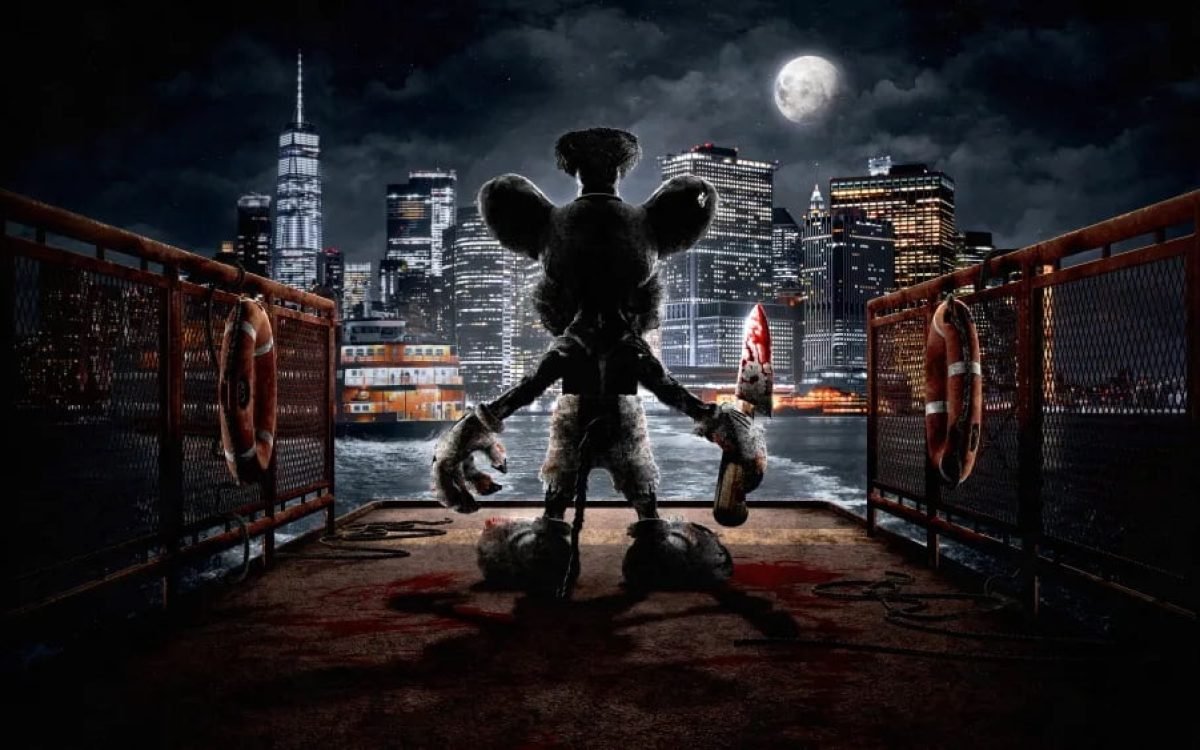Unleashing Horror on the Iconic: “Steamboat Willie” Enters Public Domain for a Sinister Twist
As the 1928 version of Mickey Mouse gracefully stepped into the public domain, indie horror filmmakers wasted no time in seizing the opportunity for a macabre reinterpretation. Steven LaMorte, a director known for his ventures into unconventional storytelling, is gearing up to helm an untitled horror-comedy based on Mickey’s cartoon debut, “Steamboat Willie.” In this chilling adaptation, the once cheerful and beloved mouse takes on a malevolent persona, tormenting unsuspecting ferry passengers in a sadistic manner. Production is slated to commence in the spring, promising a twisted take on the iconic character that has brought joy to generations.
Steven LaMorte expressed his excitement about the project, acknowledging the potential for pure, unhinged terror beneath the cheerful exterior of “Steamboat Willie.” The horror-comedy aims to unravel the dark side of the beloved character, turning a classic into an unorthodox and eerie narrative. As indie horror takes a daring plunge into the public domain legacy of Mickey Mouse, audiences can anticipate a fresh, chilling perspective that challenges the nostalgic innocence associated with the iconic animated figure.
Reimagining the Classics: Mickey’s Dark Descent into Horror-Comedy
The announcement of an untitled horror-comedy based on “Steamboat Willie” signifies a radical departure from the character’s wholesome origins. As production gears up for a spring start, audiences may find themselves intrigued and perhaps unnerved by the prospect of Mickey Mouse taking center stage in a horror narrative. LaMorte’s vision to unleash a twisted take on the cherished character suggests a willingness to redefine classic icons in unexpected ways. The project not only taps into the creative potential offered by the public domain but also invites viewers to witness an unconventional, and potentially unsettling, reimagination of a cultural treasure.
Ryan Harmon, a former Disney Imagineer, reflects on Mickey Mouse’s evolution, noting the character’s transition into a more vibrant and 3D persona today. Harmon recalls conversations from his time at Disney in the 1990s, expressing concerns about the iconic character eventually entering the public domain. However, Kembrew McLeod, a communications professor and intellectual property scholar at the University of Iowa, clarifies that only the specific appearance of Mickey Mouse in the 1928 film “Steamboat Willie” is entering the public domain. This allows creative reuse solely of this early rendition, excluding later versions like those from ‘Fantasia’ in 1940 or ‘Mickey Mouse Clubhouse,’ a kids’ show aired on the Disney Channel from 2006 to 2016.
McLeod emphasizes that new iterations of Mickey Mouse remain under copyright, extending protection to creative works such as characters, movies, books, plays, and songs. Additionally, Mickey Mouse is trademarked, falling under the purview of trademark law focused on safeguarding brands, logos, and names associated with the character. As discussions unfold around intellectual property, the distinction between public domain elements and copyrighted, trademarked properties becomes crucial in understanding the scope of creative reuse and protection within the realm of iconic characters like Mickey Mouse.
Balancing Creativity and Ownership Concerns: Copyright and Trademark Dynamics
Copyright scholars, including the speaker, express growing apprehension over the intersection of copyright and trademark laws, particularly in the case of iconic characters like Mickey Mouse. The concern lies in the potential undermining of the public domain, as trademark law effectively extends the life of copyrighted works. There is a call for Congress or the courts to restore a delicate balance between fostering creativity and protecting the public domain—an essential safeguard for innovation.
Navigating the Limits: Public Domain Access and Trademark Protection
While the public domain now includes Mickey Mouse’s appearance in “Steamboat Willie,” there are nuances to consider. Individuals can still incorporate clips from the film into art projects or reproduce frames on items like T-shirts. However, Professor Okediji issues a cautionary note—any activity that infringes on the trademark or threatens to dilute its value could lead to legal actions by Disney. This delicate balance ensures creative expression within certain limits. Okediji highlights the example of someone creating a Mickey Mouse slasher movie when ‘Winnie the Pooh’ entered the public domain last year, illustrating the potential legal complexities when copyright and trademark considerations intersect.









